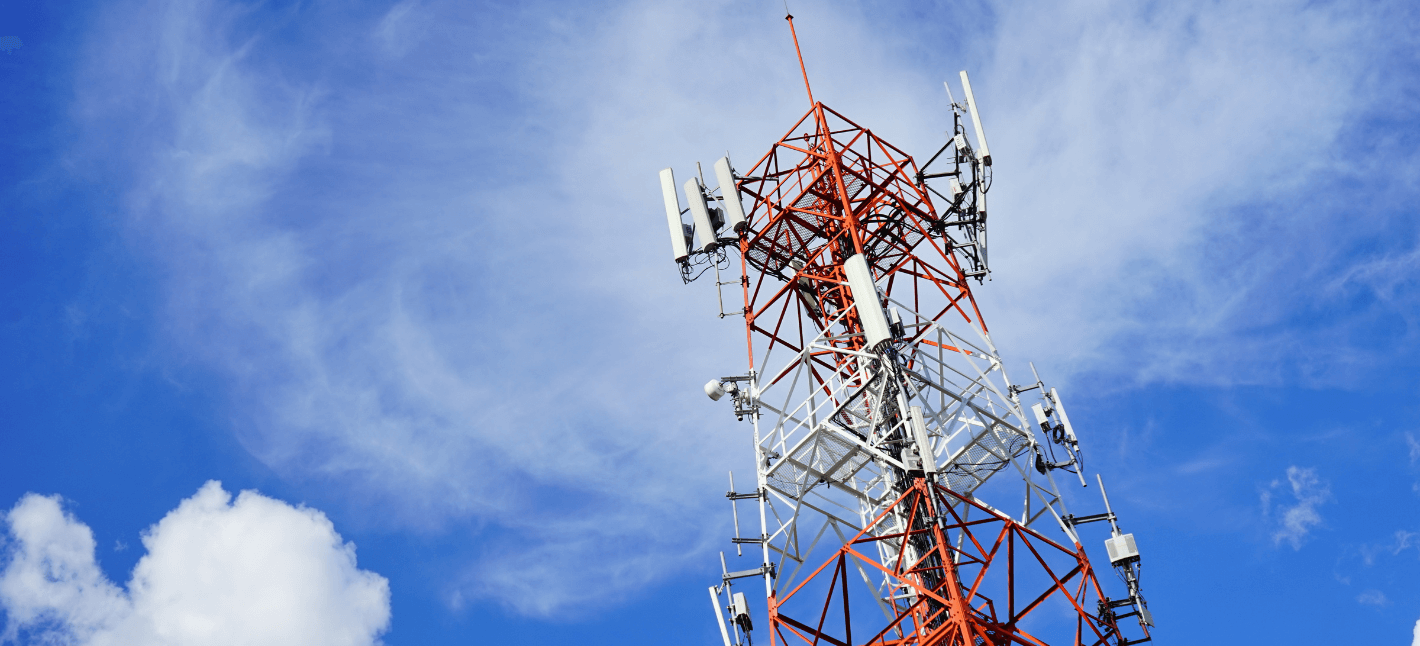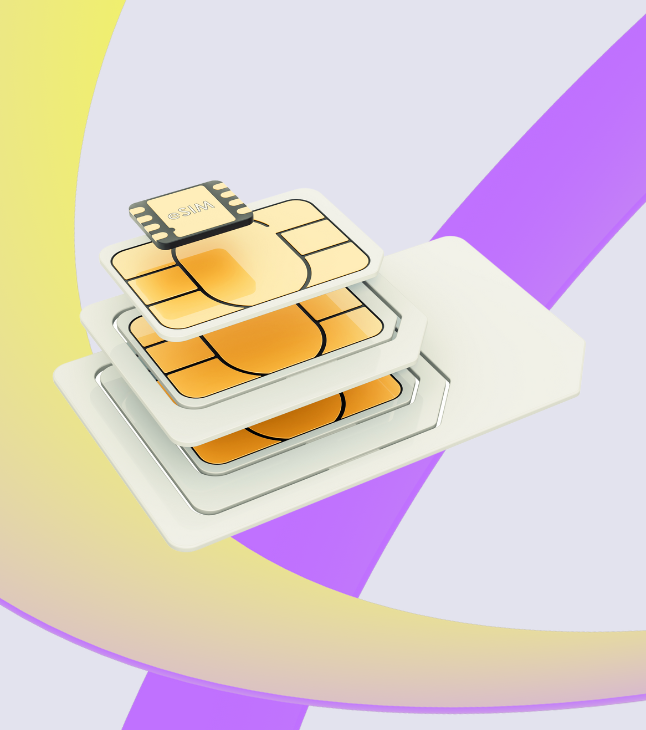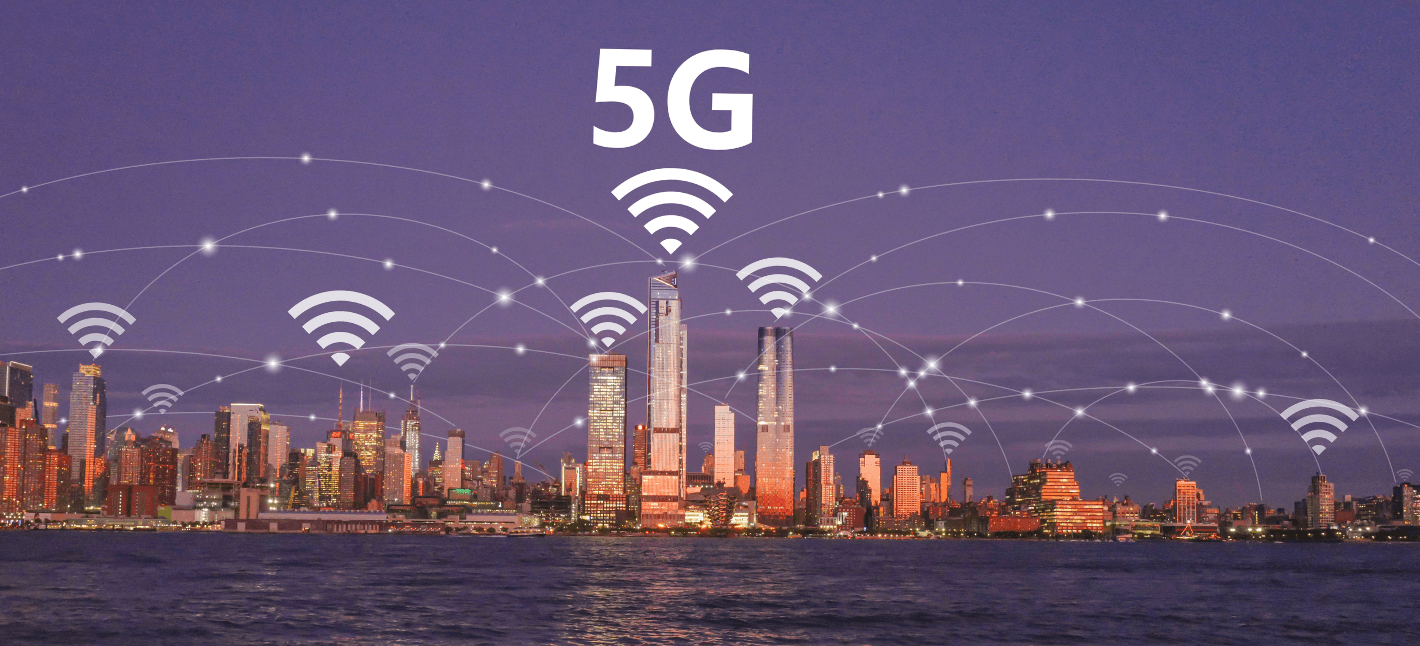We all hear about 5G entering the world of connectivity since a few years. But what does the 5G roaming change in the IoT world? And in which countries can you find IoT 5G Roaming? See the list below.
Does IoT support 5G?
In short, yes! But the 5G capabilities are not available in every country yet…It is expected that 5G networks will offer increased speed over LTE networks. IoT devices will benefit from this speed because it will maximize their ability to connect and transfer data quickly. With the advancement of 5G, we will be able to develop smart cities, smart watches, smart infrastructure management, smart cars, smart farming – basically, everything which can be supported by IoT technology! In addition, we’ll be able to connect more devices to the same network simultaneously without interruptions or dips in service, allowing our world to become more connected and way more efficient than ever before.
What is the main difference between 4G and 5G?
Speed, bandwidth, and lag time in communications between devices and servers are three significant differences between 4G and 5G. These benefits will, however, require billions of dollars of annual investment and a lot of new networking infrastructures. A 5G network can deliver peak data rates of up to 20 gigabits per second (Gbps) and average data rates of up to 100 megabits per second (Mbps). A 5G network has greater capacity than a 4G network. As a result of 5G, traffic capacity and network efficiency are expected to increase 100x. In comparison to 4G, 5G has a lower latency.
Introduction to IoT 5G Roaming
5G has disrupted the technology world through an unprecedented advancement in wireless connectivity. The Internet of Things (IoT) will have a massive impact on these 5G implementations. 5G in IoT can power many sophisticated and massive IoT applications, which might have seemed unviable up until now in terms of performance, capability, scalability, and range.
IoT and 5G can help create the future of connected devices through applications such as smart buildings, smart cities, and connected vehicles. Manufacturers will be able to overcome many limitations of 4G through 5g IoT modules. 5G networks will offer increased speed over LTE networks. IoT devices will benefit from this speed because it will maximize their ability to connect and transfer data quickly.
With the advancement of 5G, we will be able to develop smart cities, smart watches, smart infrastructure management, smart cars, smart farming – basically, everything which can be supported by IoT technology! In addition, we’ll be able to connect more devices to the same network simultaneously without interruptions or dips in service, allowing our world to become more connected and way more efficient than ever before.
The Benefits of 5G Roaming for IoT: From Seamless Connectivity to Low Latency
5G will help IoT become much more efficient and connected through its characteristics. Here are some of the benefits of 5G IoT:
- High-speed communication:
5G roaming can offer ten times faster data exchange compared to 4G. As such, 5G can make IoT applications even faster, especially with different monitoring and control needs.
- Lower latency:
5G has the lowest latency, which is ten times less than 4G. Such instantaneous response without signal delay can be a game-changer for real-time applications.
- The massive capacity of connections:
Within a square kilometer, one million devices can connect to IoT with 5G network infrastructure.
- Robust IoT enterprise networks:
5G cellular networks are much more robust and can allow IoT applications more stability with 99.9% availability.
IoT Use Cases for 5G Roaming: Smart Cities, Industrial IoT, and Beyond
Among different applications, there are some use cases where various IoT devices would thrive. Here is a list of some wide-scale applications where a 5G IoT network can be a game-changer.
- Smart city solutions:
Imagine a wide array of IoT devices across the city; 5G networks’ extended range and 5G IoT solutions’ capacity allow smart city applications to manage and exchange IoT data with a lot of IoT devices without any hassle. - Industrial IoT applications:
IIoT applications are competitive, and companies would only wish to rely on the most robust, secure, and high-performing technological solutions. As such, 5G IoT applications can allow industrial companies to build their smart factories. - IoT-Connected vehicles:
Connected automobiles and self-driving vehicles are here now, and they need a high-performing, ultra-low-latency, low-power solution to support their IoT and edge computing needs. The 5G network here fits perfectly under the equation.
Which countries have 5G already?
At Freeeway AG, we are constantly working on our connectivity portfolio to ensure seamless and best connectivity on a global scale. With the activations of the 5G by various networks, we can present the list of the first countries in our portfolio which offer 5G connectivity in distinct geographic areas – Europe, Asia, and North America.
- IoT 5G roaming in Europe:
- Austria
- Belgium
- Bulgaria
- Croatia
- Cyprus
- Czech Republic
- Denmark
- Estonia
- Finland
- France
- Germany
- Greece
- Iceland
- Ireland
- Italy
- Luxembourg
- Netherlands
- Norway
- Poland
- Portugal
- Slovakia
- Slovenia
- Spain
- Sweden
- Switzerland
- Turkey
- United Kingdom
- IoT 5G roaming in North America
- Canada
- IoT 5G roaming in Asia
- Hong Kong
- United Arab Emirates
- Singapore
- South Korea
- China
- Philippines
- Thailand
- Taiwan
- Oman
- Qatar
- Israel
- United Arab Emirates
- Turkey
(*This list will be updated regularly; the last update was on the 19th of June 2023)
Why does it take so long to roll out 5G?
There is a significant increase in complexity in 5G networks compared to previous generations. In addition, using 5G requires more masts and equipment since each site serves a smaller area, requiring more masts and equipment in more places. This all means that we still need to wait for the 5G to be available worldwide, but as you can see from the list above, we are on the right way to get there next years.
Add 5G roaming to your smart device
With a growing 5G roaming portfolio, Freeeway AG can provide you with the best possible connectivity technology on the market. Contact us to learn more about our offer and use all the benefits of the fastest and most seamless network.
Your form entry has been saved and a unique link has been created which you can access to resume this form.
Enter your email address to receive the link via email. Alternatively, you can copy and save the link below.
Please note, this link should not be shared and will expire in 30 days, afterwards your form entry will be deleted.




